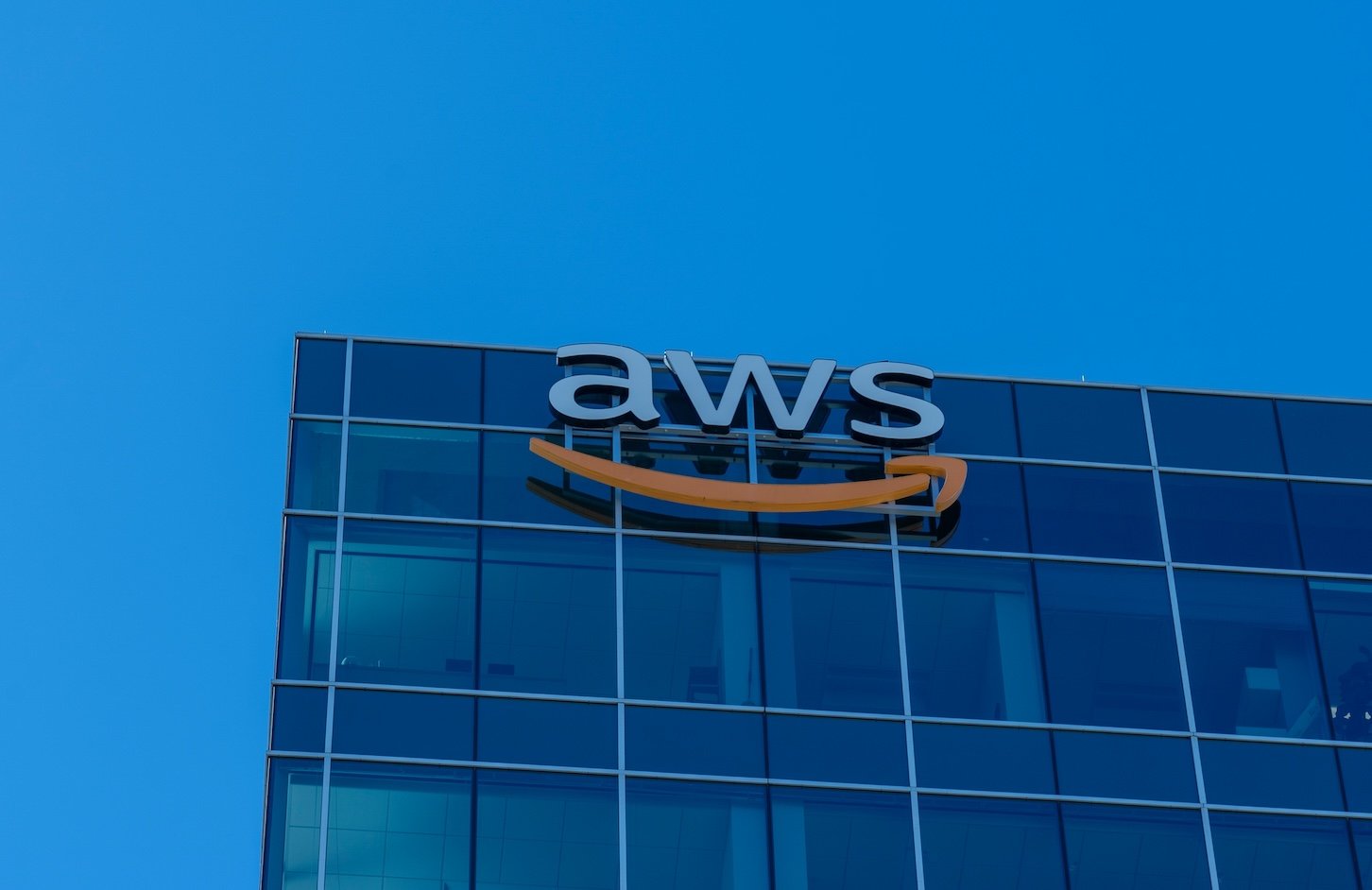As organizations continue their digital transformation, the demand for timely, consumption-ready data has never been higher. Yet simply adopting data operations tools is not enough to improve data delivery.
Accelerating velocity and improving efficiency in data operations requires more than tool implementation. It demands a cohesive strategy built on platform engineering, proven practices, the right tooling, automation, orchestration and observability.
Data and analytics leaders can use these five essential DataOps practices as a strategic foundation to help guide them through streamlining data delivery by aligning platform engineering, observability, automation and best practices into a cohesive DataOps operating model framework:
Establish a DataOps platform services model
Establishing a DataOps platform services model creates a modern, efficient data engineering foundation for D&A leaders, reducing tool and process friction for data engineers and enabling greater focus on delivering high-value, business-aligned solutions.
DataOps platform engineering is about creating and managing easy-to-use systems for data teams in an organization. These systems help teams build, run and manage data pipelines more easily. The goal is to make it simpler and faster for data teams to organize, monitor and scale their data processes, so they can deliver better results for the business and its customers.
One key action that D&A leaders should take is prioritizing core platform capabilities by identifying foundational environment services. They then can align these with the needs of data engineers, producers and consumers to ensure relevance and attract adoption. Finally, D&A leaders can partner with high impact data product teams to co-develop core capabilities and use their success to iteratively refine and scale platform adoption across the organization.
D&A leaders should also treat data engineers as customers of the platform and create services tailored to their needs.
Automate processes, testing and deployments
Automation significantly improves speed and quality by reducing errors, manual rework, and process delays. It accelerates delivery velocity so data engineering teams can respond faster and stay ahead of demand. Automating processes, testing, and deployments accelerates data delivery, enabling faster insights and business innovation
D&A leaders should start by identifying and prioritizing automation opportunities by targeting repetitive, error-prone tasks such as manual testing and deployment scripts and instead standardizing restart and recovery logic to reduce manual fault handling.
They should also cultivate an automation-first culture by tracking automation goal achievements as KPIs and objectives and key results, rewarding efficiency gains and celebrating team wins that eliminate manual work.
D&A leaders should also invest in upskilling by preparing teams to manage automated workflows and build foundational skills in prompt engineering and agentic data orchestration. They should offer hands-on labs and workshops to help teams gain confidence and competence in managing intelligent automation systems.
Choose the right type of DataOps tools
Organizations that adopt a strategic DataOps tooling approach significantly improve the speed, reliability and quality of data delivery. To choose the right DataOps tools, D&A leaders must align tooling decisions with the full data life cycle. Tool selection should also align with the organization’s data engineering maturity and data architecture.
This means evaluating tools not just for individual features but for how well they support integrated workflows, automation and collaboration across teams and technologies. D&A leaders should assess the organization’s data pipeline pain points, gaps and future needs.
A modern DataOps strategy should prioritize five core DataOps capabilities: data pipeline orchestration, data pipeline observability, data pipeline test automation, data pipeline deployment automation and environment management.
D&A leaders should also align their DataOps tool choice with their data platform strategy. If the data is distributed across multiple platforms, prioritize stand-alone DataOps tools that can interoperate and integrate across environments.
Orchestration tools are also a necessity for modern data environments. D&A leaders should consider team skill sets and development preferences. They should also choose generalist platforms to simplify delivery and accelerate execution. They offer end-to-end DataOps capabilities that reduce complexity.
Orchestrate workflows
Effective data pipeline orchestration begins with modular, multistage workflows that enable repeatable execution. This includes task scheduling, code promotion and ephemeral data provisioning across development, staging and production.
By leveraging parameterized templates, D&A leaders can ensure consistency and scalability while maintaining environment-specific flexibility. They should select a DAG-based or code-centric event-driven orchestration model suited to their architecture and team expertise, and prioritize workflow observability, robust error handling, debugging and scalability to support complex, cross-environment processes.
Data and analytics leaders should prioritize mapping critical data workflows to identify orchestration opportunities across ingestion, transformation, and delivery. They should also select an orchestration framework that aligns with their existing data stack and team capabilities.
Implement holistic data observability
Successful D&A leaders do not treat data as a passive asset but as a dynamic system requiring targeted, integrated and often dedicated solutions across its life cycle. These solutions enable continuous monitoring to detect, diagnose and, with advanced tools, even resolve issues with self-healing recommendations.
Holistic data observability addresses this by not only identifying what went wrong but also uncovering why it occurred. When integrated in a DataOps framework, it increases efficiency by reducing errors, preventing downtime and accelerating deployment confidence.
To implement observability effectively, data engineering teams must align observability goals with the broader data strategy and stakeholder expectations. This requires embedding observability throughout the data lifecycle from ingestion to consumption, including metadata management, lineage tracking and anomaly detection.
Some of the key actions that D&A leaders should take are, for example, pinpointing where observability adds the most value by focusing on areas like data lineage or schema drift. And, selecting tools that align with the observability scope, ensuring compatibility with the orchestration layer and retaining flexibility to expand as needed.
In conclusion, by mobilizing these five DataOps practices, organizations can transform their data engineering capabilities, adapt to evolving business needs, and create a foundation for continuous improvement. This approach empowers D&A leaders to move beyond tool adoption and achieve measurable business value by delivering high-quality data products that fuel innovation and informed decision-making.
Michael Simone is a senior director analyst in the Data and Analytics/Data Management group, currently focusing on DataOps, data engineering, data observability, data fabrics, data mesh, data products and data contracts. He wrote this article for News. Gartner analysts will provide further analysis on these topics at Gartner IT Symposium/Xpo, taking place Oct.20-23 in Orlando, Florida.
Image: geralt/Pixabay
Support our mission to keep content open and free by engaging with theCUBE community. Join theCUBE’s Alumni Trust Network, where technology leaders connect, share intelligence and create opportunities.
- 15M+ viewers of theCUBE videos, powering conversations across AI, cloud, cybersecurity and more
- 11.4k+ theCUBE alumni — Connect with more than 11,400 tech and business leaders shaping the future through a unique trusted-based network.
About News Media
Founded by tech visionaries John Furrier and Dave Vellante, News Media has built a dynamic ecosystem of industry-leading digital media brands that reach 15+ million elite tech professionals. Our new proprietary theCUBE AI Video Cloud is breaking ground in audience interaction, leveraging theCUBEai.com neural network to help technology companies make data-driven decisions and stay at the forefront of industry conversations.










